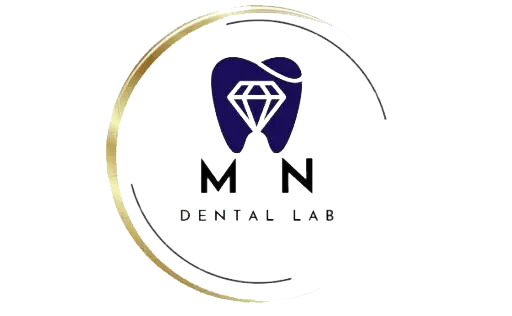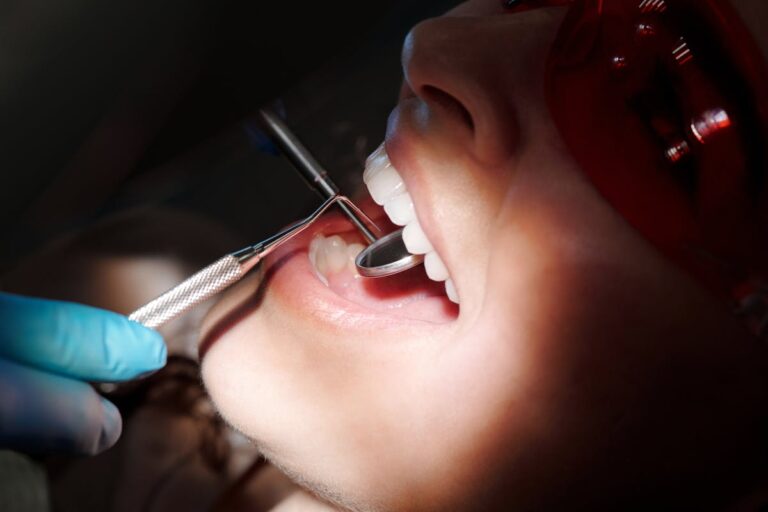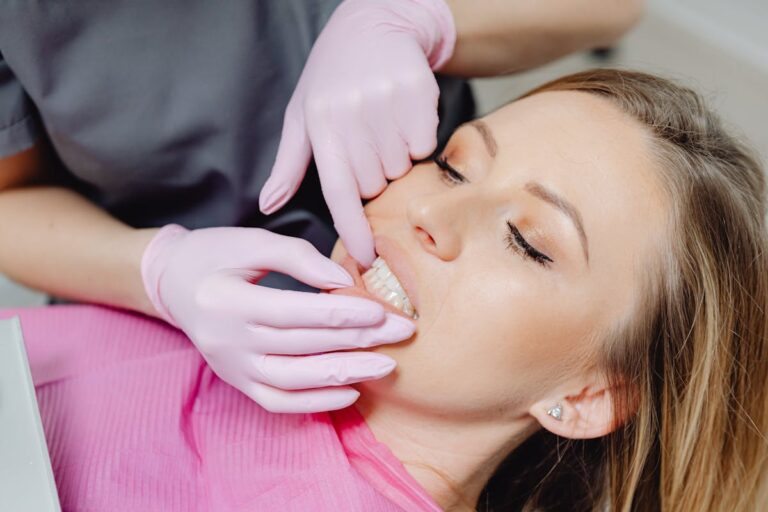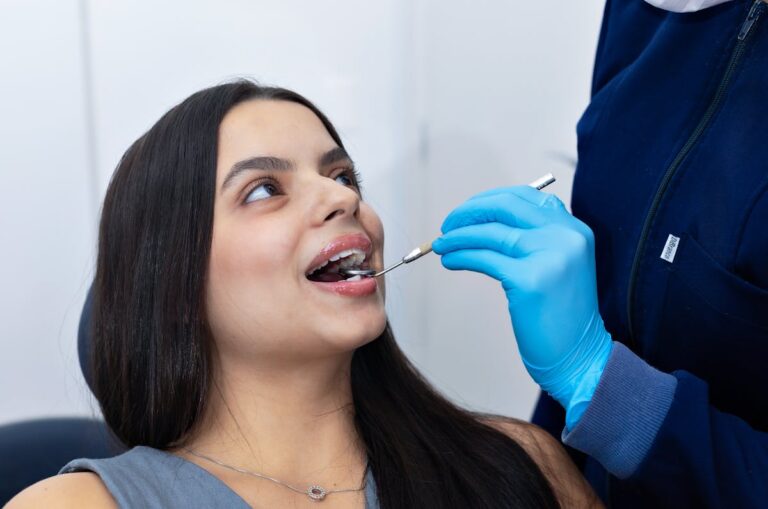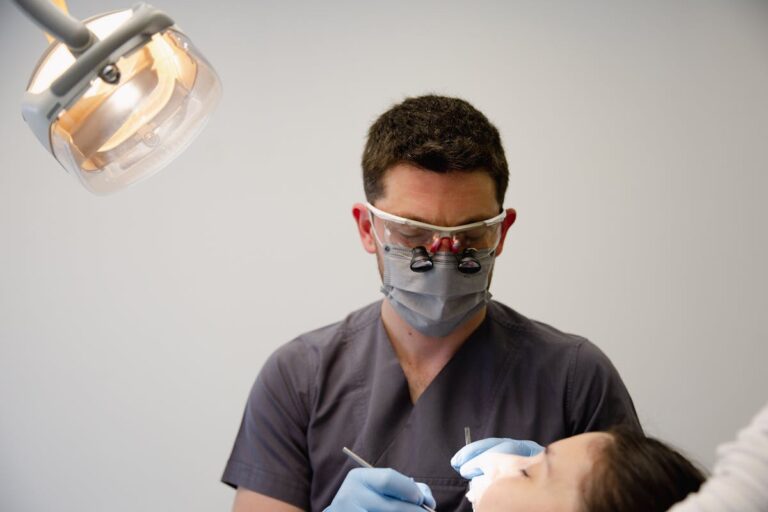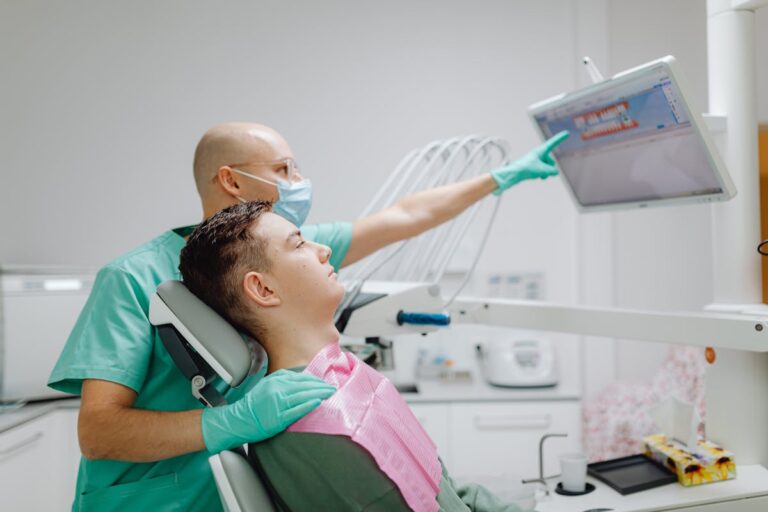While regular dental visits are essential for maintaining oral health, the practices we implement between these visits greatly influence our overall dental well-being. Brushing and flossing daily, using an ADA-approved mouthwash, and maintaining a balanced diet are all tactics we often hear about, but how much of a difference can these truly make? And are there other, often overlooked, strategies that could have a profound impact on our oral health? Let’s explore these questions further and perhaps uncover some surprising facts about oral hygiene maintenance between Minnesota dental visits.
Understanding the Importance of Oral Hygiene
Oral hygiene, a crucial aspect of overall health, is often underestimated in its importance. However, maintaining good oral health goes beyond having a bright and appealing smile. It plays an important role in preventing various dental diseases and conditions. Good oral hygiene is the first line of defense against oral infections and diseases, which, if not treated, can lead to more serious systemic health issues. The focus on preventive care cannot be overstated, as it helps to avoid potential complications, reduces the risk of gum diseases, cavities, and other oral health problems. It can also greatly decrease the need for restorative solutions and consequently, the associated costs. By understanding the importance of oral hygiene, individuals can take proactive steps towards maintaining their overall health.
Regular and Correct Brushing Techniques
Establishing a routine of regular and correct brushing is a cornerstone of good oral hygiene. The American Dental Association recommends brushing your teeth twice a day, highlighting the significance of brushing frequency in preventing dental diseases. However, merely brushing is not enough; it’s also essential to employ the correct technique for ideal results. This involves using a soft-bristled toothbrush, preferably one with a small head for better reach. Angling the brushing tools at a 45-degree angle to the gum line guarantees the removal of plaque from difficult areas. Brushing should be done using gentle, circular motions—never with aggressive back-and-forth strokes. Finally, replacing your toothbrush every three to four months is necessary for maintaining its effectiveness.
The Role of Flossing in Dental Health
While the significance of brushing cannot be overstated, flossing plays an equally important role in maintaining dental health. This procedure removes trapped food particles and plaque in areas where a toothbrush can’t reach, such as between the teeth and under the gumline. Proper flossing techniques involve using a clean section of floss for each tooth and following the curve of each tooth to avoid damaging the gums. The benefits of flossing include preventing gum disease, halitosis, and tooth decay, making it an indispensable part of an effective oral hygiene regimen. Therefore, daily flossing should be encouraged alongside brushing to guarantee thorough dental health and hygiene. It’s not an alternative, but a necessary counterpart to brushing.
Using Mouthwash for Extra Protection
In addition to the daily routine of brushing and flossing, incorporating the use of mouthwash can offer extra protection against oral health problems. Mouthwash benefits extend beyond merely freshening your breath; it can reach areas that a toothbrush may miss, killing harmful bacteria and reducing the risk of gum disease and tooth decay. When choosing mouthwash, it’s essential to reflect on your specific dental needs. For instance, therapeutic mouthwashes contain active ingredients designed to fight plaque, while cosmetic mouthwashes simply combat bad breath. Always seek a product with the American Dental Association’s (ADA) seal of acceptance, ensuring it meets stringent standards for safety and efficacy. Mouthwash should never replace brushing or flossing, but rather supplement your oral hygiene regimen.
Healthy Eating Habits for Strong Teeth
Countless studies have shown that diet plays a crucial role in maintaining strong and healthy teeth. Consuming nutrient-rich foods, particularly those high in calcium and phosphate, can help rebuild enamel and protect against tooth decay. Dairy products, lean meats, nuts, and fibrous fruits and vegetables are all excellent choices.
Simultaneously, it’s important to limit foods high in sugars which can lead to cavities. Sugar alternatives, such as xylitol and stevia, are healthier options that don’t compromise oral health. Similarly, drinking plenty of water, especially after meals, can help rinse away food particles and prevent plaque buildup. By adopting these healthy eating habits, one can greatly improve oral health and maintain strong teeth between dental visits.
The Impact of Smoking on Oral Health
Shifting our focus to the impact of smoking on oral health, it is important to mention how smoking affects different areas in the oral cavity. Specifically, we will be discussing the detrimental effects that smoking has on teeth, and how it greatly contributes to gum disease. Understanding these impacts is essential for maintaining oral hygiene and overall health.

Smoking’s Effects on Teeth
Though many are aware of the general health risks linked to smoking, understanding its specific impact on oral health often goes overlooked. Tobacco stains are a common repercussion of smoking, leading to yellowed and discolored teeth that can notably affect your smile. These stains are stubborn and often resistant to regular whitening treatments, constituting a long-term aesthetic issue. In addition, the nicotine effects go beyond mere discoloration. Nicotine reduces blood flow, depriving the gums of necessary oxygen and nutrients, leading to weakened tooth structures and increased susceptibility to infections. Additionally, smoking can cause bad breath and reduce the sense of taste. Overall, smoking has a detrimental effect on teeth health and aesthetics, underlining the importance of oral hygiene for smokers.
Gum Disease and Smoking
Reflecting further on the harm caused by smoking to our oral health, one cannot ignore the significant connection between smoking and gum disease. As per studies, smokers are 2-3 times more prone to develop gum disease than non-smokers. The harmful chemicals present in cigarettes interfere with the normal function of gum tissue cells, making smokers more susceptible to infections, including periodontal disease. Further, smoking causes a decrease in the blood flow to the gums, affecting wound healing and exacerbating the damaging effects of gum disease. Consequently, smoking cessation is not just beneficial for overall health, but also essential for maintaining oral hygiene. Regular dental visits, alongside a commitment to quit smoking, can mitigate the risk and aid in early detection and treatment of gum disease.
Scheduling Regular Dental Check-ups
Undeniably, regular dental check-ups play a critical role in maintaining oral hygiene. The recommended dental visit frequency is at least twice a year, though it may increase depending on personal oral health conditions. However, the hustle and bustle of daily life can make it challenging to remember these important appointments, thus the need for scheduling reminders. By setting up reminders on your phone, email, or even a physical calendar, you guarantee you don’t miss out on these critical visits. These check-ups allow dentists to detect potential issues early and provide necessary care. As a result, diligently scheduling and adhering to regular dental check-ups can greatly contribute to your overall oral health.
Frequently Asked Questions
What Types of Toothpaste Are Best for Maintaining Oral Hygiene?
For ideal oral hygiene, consider toothpaste types such as fluoride toothpaste, known for its cavity-fighting properties, and whitening toothpaste, which helps remove surface stains and brighten your smile, when used consistently.
How Often Should I Replace My Toothbrush?
Dentists recommend replacing your toothbrush every three to four months. Both manual and electric toothbrushes have similar lifespans. Regular replacement guarantees maximum cleaning effectiveness and reduces bacterial contamination that can affect oral health.
Can Certain Medications Affect Oral Health?
Yes, certain medications can indeed affect oral health. They may cause conditions such as dry mouth, taste alterations, or gum overgrowth, all of which are potential medication effects known as oral side effects.
Are There Specific Foods That Can Harm My Teeth?
Yes, certain foods can indeed harm your teeth. High sugar intake, particularly from sweets and sodas, contributes to tooth decay. Similarly, frequent consumption of acidic beverages can erode tooth enamel, leading to increased sensitivity and cavities.
What Are the Signs of Oral Health Problems I Should Look Out For?
Signs of oral health issues to look out for include persistent bad breath, swollen or bleeding gums indicative of gum disease, and tooth sensitivity or pain, which could signal cavities or other underlying dental problems.
